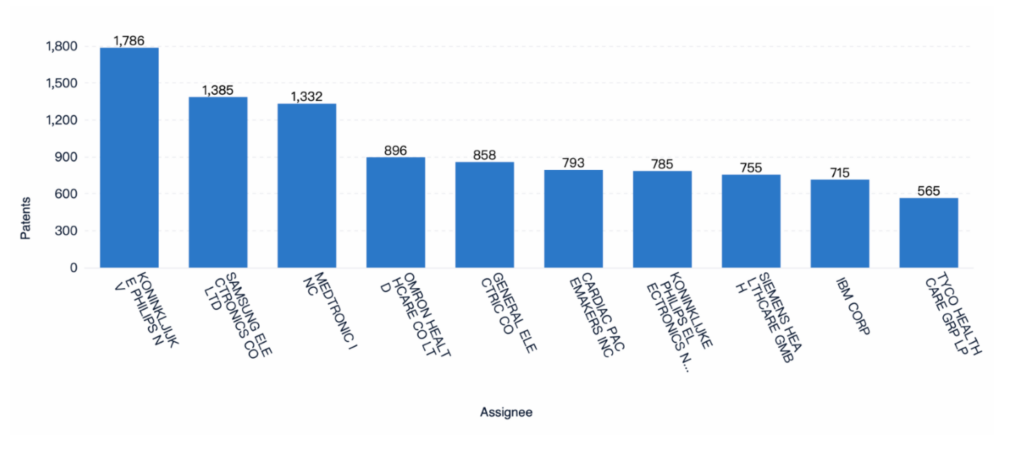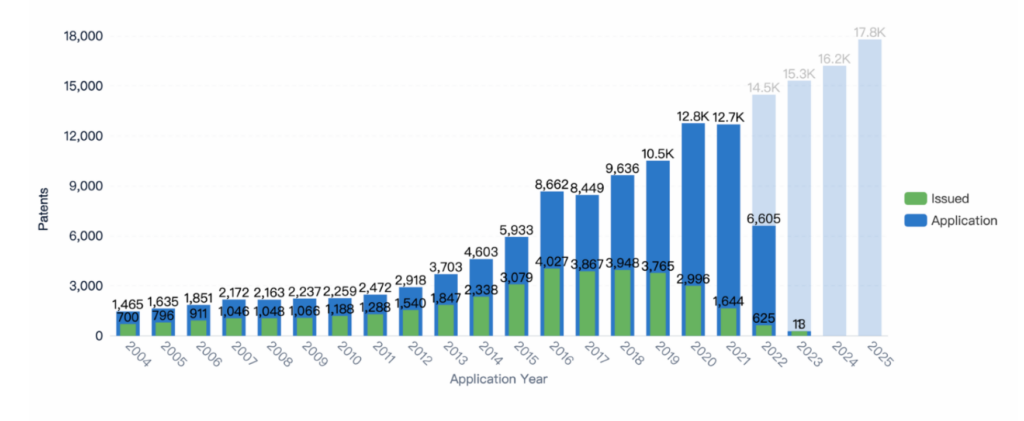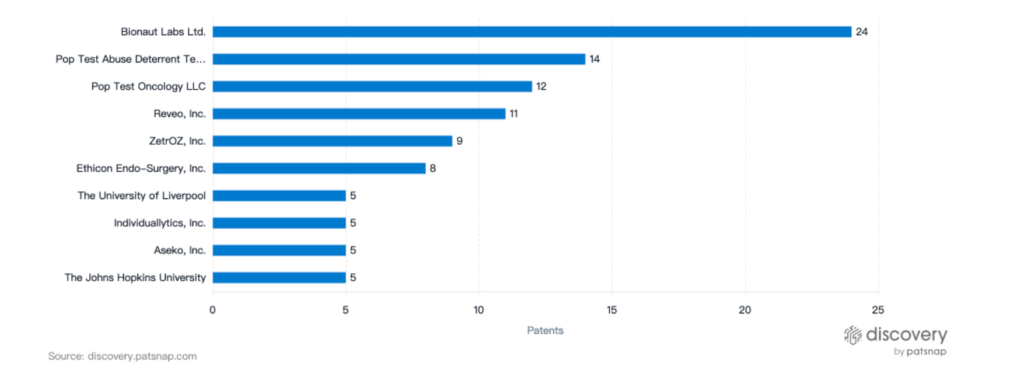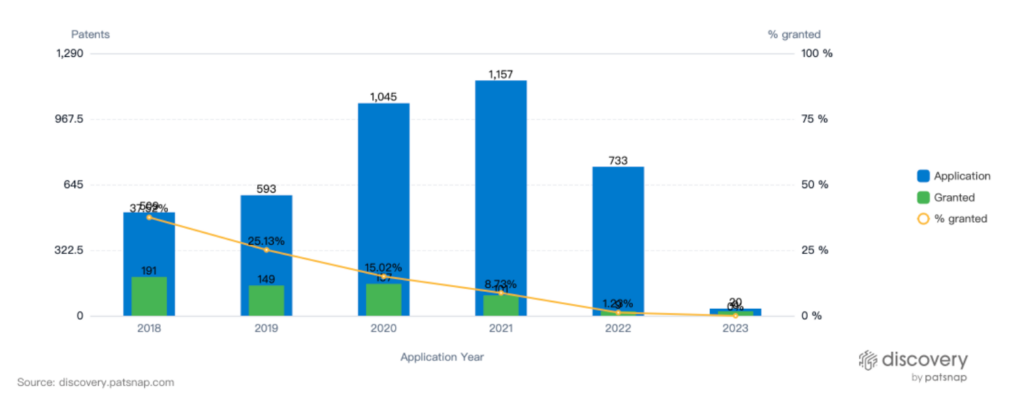Innovative Medical Devices in Remote Patient Monitoring
As the healthcare industry continues to evolve, the use of medical devices for remote patient monitoring has become increasingly important. The development of innovative medical devices has made it possible to remotely monitor patients, providing timely interventions and improving outcomes.
In this article, we’ll explore some of the most innovative medical devices for remote patient monitoring and the benefits they offer.
Wearable Sensors
Wearable sensors are small, easy-to-use devices that can collect data on patients’ vital signs, activity levels, and sleep patterns. These devices can be worn continuously, allowing for real-time monitoring, and the data collected can be transmitted to healthcare providers, who can use it to make informed decisions about patients’ care. Wearable sensors are particularly useful for patients with chronic conditions, such as diabetes or heart disease, as they can provide continuous monitoring and early detection of potential complications.

Philips, Samsung, and Medtronic are leading patent filers in wearable technology. With a proven track record in consumer electronics, these organizations have the potential to expand into the medical technology realm and revolutionize healthcare through wearable tech.

As personalized medicine and direct-to-consumer medical tracking continue to gain importance in day-to-day healthcare, the demand for wearable technology is expected to rise. The number of application filings in the wearable tech space is likely to increase significantly in the coming years.
Smart Pills
Smart pills are small, ingestible capsules that contain a sensor. When the patient swallows the capsule, it sends a signal to a wearable sensor that tracks the pill’s location in the body. This device is particularly useful for patients who need to take medication at specific times, as it can ensure that the medication is taken on time. Smart pills are also useful for monitoring patients with gastrointestinal disorders, such as Crohn’s disease or ulcerative colitis.

Bionaut Labs leads in patent filings for smart pills technology with 24 related patents filed. Their proprietary micro-sized robots aim to deliver therapeutics to patients with severe brain disorders.
Telehealth Platforms

Due to the COVID-19 pandemic, the need for remote healthcare grew significantly, leading to a surge in telehealth patent filings in 2020 and 2021. This trend reflects a shift towards innovative healthcare solutions that can provide quality care to patients in the comfort of their own homes.
These platforms allow patients to connect with healthcare providers via video conferencing, phone calls, or messaging. This enables patients to receive care from the comfort of their own homes, eliminating the need for in-person visits.
Healthcare providers can also use these platforms to monitor patients’ symptoms, provide guidance on self-care, and make adjustments to treatment plans. Telehealth platforms are particularly useful for patients with mobility issues or those who live in remote areas.
Benefits of Remote Patient Monitoring
The benefits of remote patient monitoring are numerous. It can help to reduce healthcare costs, improve patient outcomes, and increase patient satisfaction. Remote monitoring can also improve access to care for patients who live in remote areas or have mobility issues.
According to a study by the National Institutes of Health, remote patient monitoring can significantly reduce hospital admissions and readmissions. The study found that patients who received remote monitoring had a 20% lower risk of hospitalization and a 15% lower risk of readmission within 30 days of discharge.
In addition, a study published in the Journal of Medical Internet Research found that remote monitoring improved medication adherence and patient outcomes for patients with heart failure. The study found that patients who received remote monitoring had a 33% lower risk of hospitalization and a 43% lower risk of mortality.
Conclusion: Medical Devices are Revolutionizing Healthcare
Innovative medical devices for remote patient monitoring are transforming the way healthcare is delivered. Wearable sensors, smart pills, and telehealth platforms are just a few examples of the devices that are improving patient outcomes and reducing healthcare costs.
As technology continues to advance, the potential for remote patient monitoring will only continue to grow, and healthcare providers should consider incorporating these devices into their practices to improve patient care.